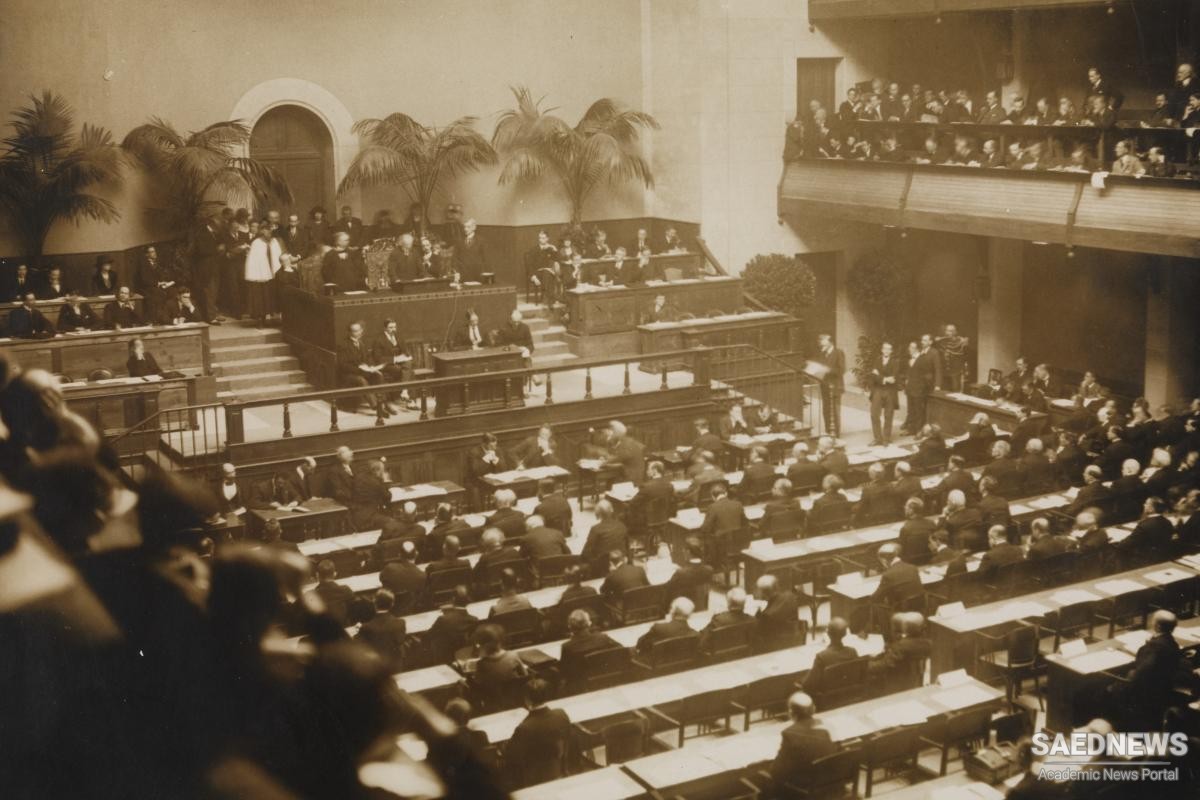The League did not have autonomy or separate authority apart from that of its leading members. It was like the United Nations today, a loose federation not a unitary organization, and had no powers over and above those of its member states. Individual nations did not find it in their interest to employ the machinery that was created at Versailles. There were many reasons for this, some having to do with the vindictive nature of the postwar settlement, others with the continuing imperial ambitions of the major powers, and in the United States with an isolationist impulse that rejected collective engagement with other nations.
Some argued that the League was doomed from the outset because it was not sufficiently universal or comprehensive. Only a truly supranational authority, Einstein and other idealists believed, could prevent aggression. The halfhearted and contradictory provisions of the Covenant were inadequate to the task of preventing war.
Political realists argued that the failure of the League was proof that international peace and security cannot be guaranteed by international legal mechanisms or collective institutions. Peace can only be maintained through the creation of a balance of power among nations. As Goodrich noted, however, the specific failures of the League in the 1930s were not the result of inadequacies in the balance of power or flaws in the architecture of the League.
They were the result of the shortsightedness, confusion, and political incompetence of the government leaders of the time. “It was not the assumptions that were wrong or the system that was defective; rather, it was a human failure, the inability of peoples and governments to develop and carry out” policies that were in their own best interests. The problem was not that the concept of international organization was tried and found wanting. The concept was never really tried.


 The Paradoxes of Advocacy of Peace
The Paradoxes of Advocacy of Peace














































